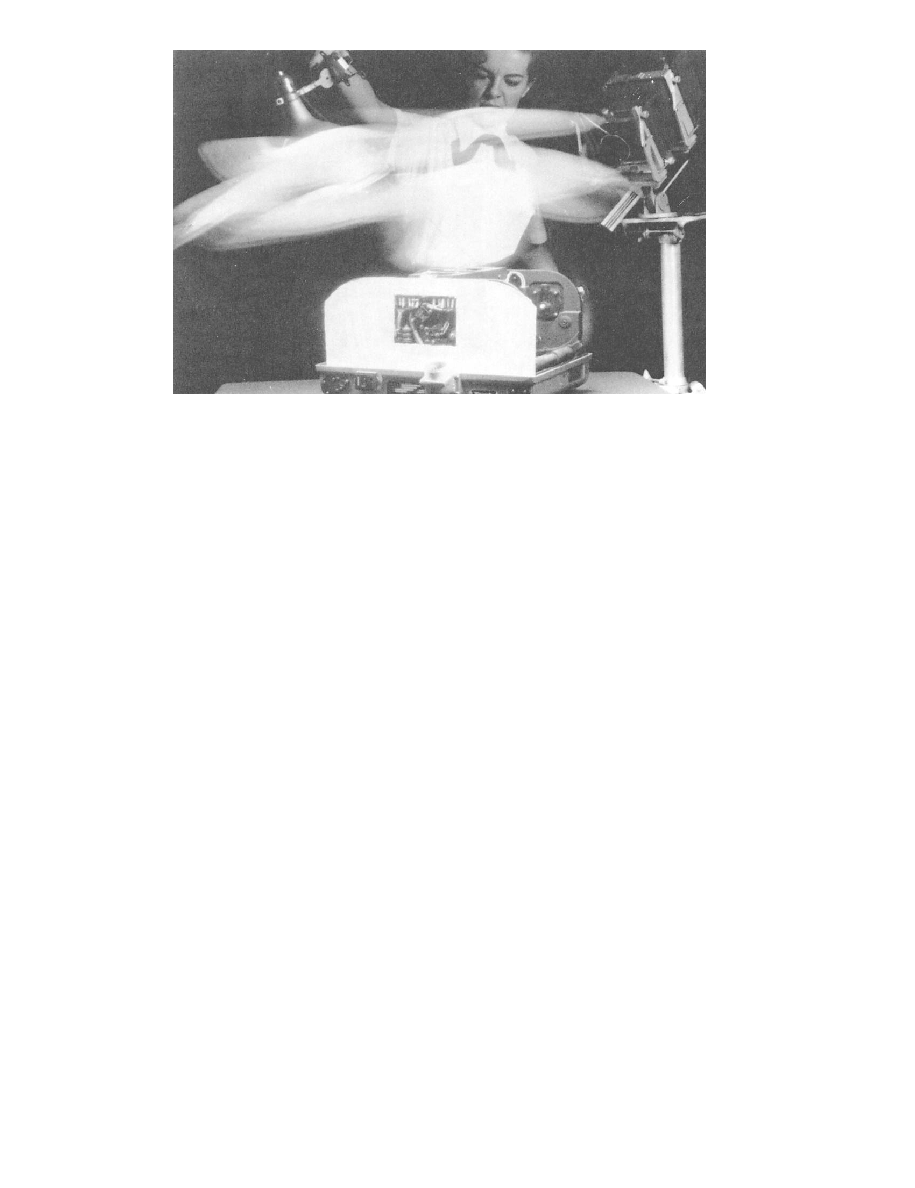
DOFMaster
for Windows
On-line
Depth of Field
Calculator
DOFMaster for Mobile Devices
On-line
Depth of Field
Table
Hyperfocal
Distance Chart
Articles
FAQ
Recommended
Books
Support
Contact
Links
Home
for Windows
On-line
Depth of Field
Calculator
DOFMaster for Mobile Devices
On-line
Depth of Field
Table
Hyperfocal
Distance Chart
Articles
FAQ
Recommended
Books
Support
Contact
Links
Home
As an Amazon Associate I earn from qualifying purchases.
![]()
the film can record detail, must be established. This
useful range depends completely on the reflectance
means a ratio of about 32:1. Any area of the subject
(except specular highlights) that is outside of this range
picture. A reflected light meter can be used to find the
relationship between the useful or desired diffused
highlight and the darkest desired shadow. A difference
of two f/stops is a scene contrast of 4: 1; four stops is a
greater than about six f/stops.
type of lighting, only one light is used. The light is
and its background. Painted light is effective for
illuminating subjects made up of many smaller parts that
or the inside of a radio.
determine the painted light exposure, hold the light
stationary at the same distance it will be used from the
subject. Read the exposure with your light meter.
Multiply the exposure time indicated by the meter by 3,
the painted light factor.
time, 6 seconds, by the painted light factor,
3 (6 x 3 = 18 seconds).
painted light is 10 seconds. An exposure of less than 10
seconds does not give the photographer enough time to
illuminate the subject evenly.
placement can add to or subtract dramatically from your
photograph. Pay particular attention to small details of
your photograph because this helps to provide sharp,
Basic Photography Course

As an Amazon Associate I earn from qualifying purchases.
WWW.DOFMASTER.COM
© 2006 Don Fleming. All rights reserved.
© 2006 Don Fleming. All rights reserved.